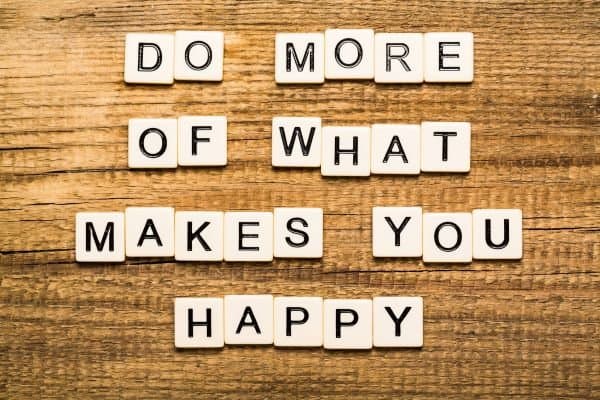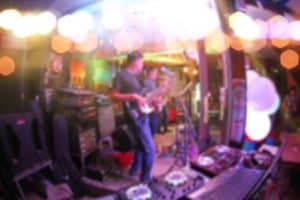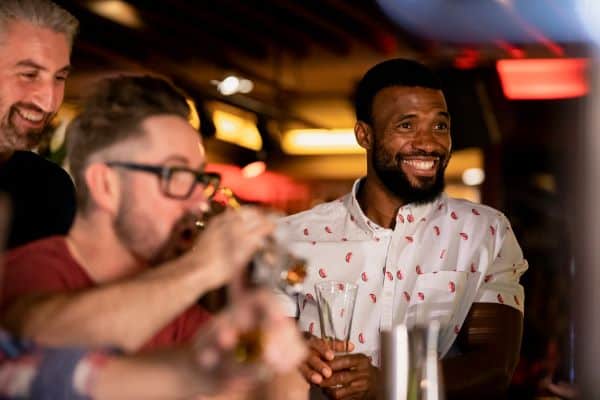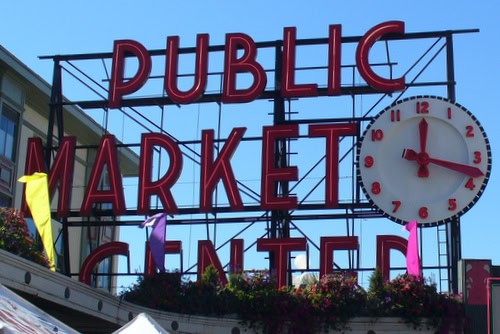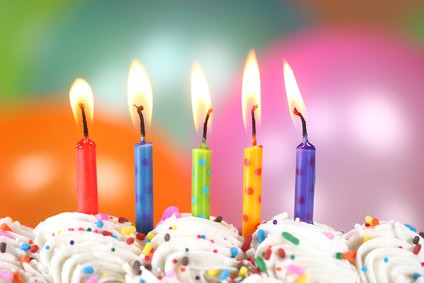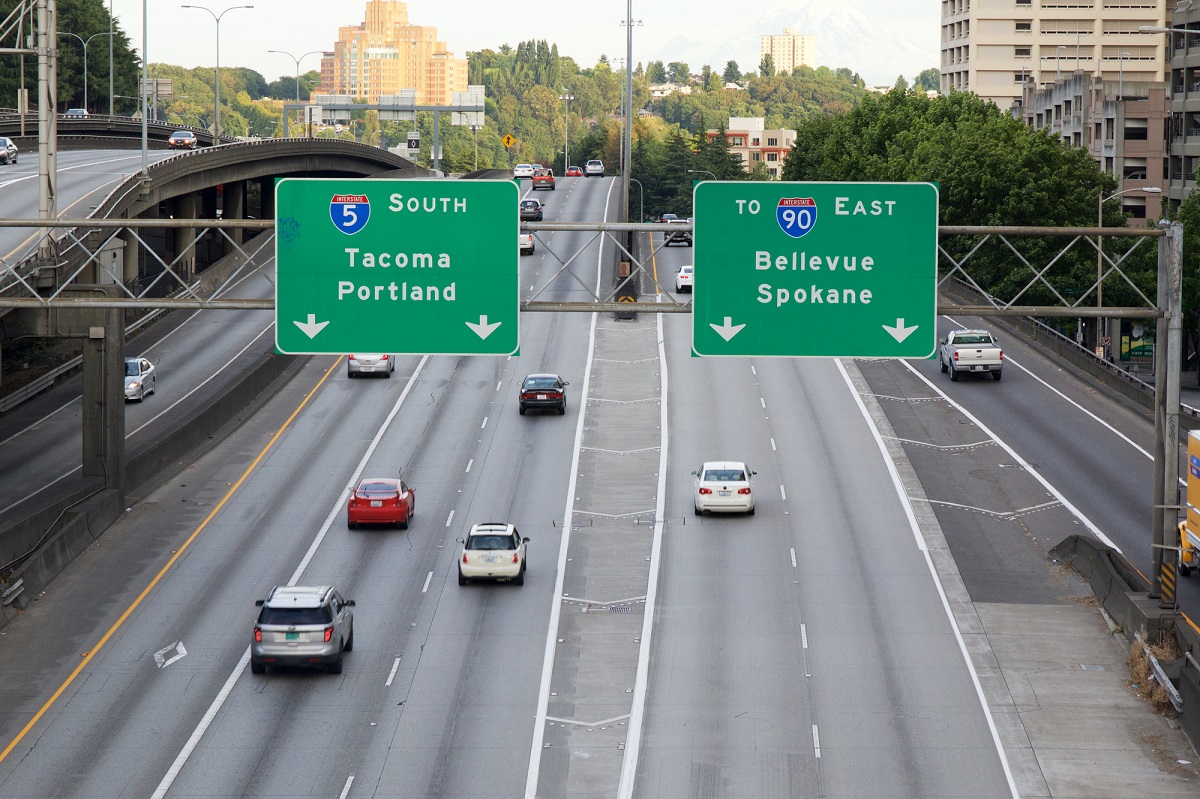The word solstice comes from the Latin word solstitium, meaning sol (sun) and stitium (to stop). The solstice occurs twice a year, when it reaches the northernmost point (summer in the norther hemisphere) and southernmost point (winter in the northern hemisphere). Each solstice indicates the stop of the sun before it begins to move in the opposite direction and occurs at the same instant for everyone on the planet, though at different times depending on your location.
Between the summer and winter solstice is the spring or vernal equinox in March and the autumnal equinox in September. “Equinox”, derived from Latin, means “equal night”. During the equinox the sun crosses the equator and the length of day and night are almost equal (but not quite). The equinoxes are not celebrated in the same way as the solstices. But there are usually spring planting events and fall harvest festivals around that time.
When is the solstice?
The solstice occurs twice each year, summer (June) and winter (December).
The summer solstice occurs sometime between June 20 to 22, depending on whether it is a leap year, as well as the gravitational pull from the moon and the slight wobble in Earth’s rotation. It marks the beginning of summer (in the Northern Hemisphere), when the sun reaches its northernmost point above the equator. Also known as midsummer, it is the longest day (and shortest night) of the year. Traditional summer solstice celebrations include celebrating all night with music, food, wearing a crown of flowers, and dancing around a bonfire.
The winter solstice occurs between December 20 to 23. It marks the beginning of winter, when the sun is at its southernmost point. It is the shortest day of the year (and the longest night). Traditional winter solstice celebrations include food, warm drinks, and light in the form of bonfires, candles, or lanterns.
When is the equinox?
Halfway between the solstices, the equinox occurs when the Sun sits directly above the equator. Both hemispheres get the same hours of daylight and night (not precisely equal, but close enough). There are two equinoxes every year, in spring (March) and autumn (September).
2025 Solstice and Equinox dates
Exact date and time of each solstice and equinox depends on your geographic location. Listed below are the dates and times for the seasonal solstices and equinoxes in Seattle.
- March Equinox (first day of spring): In Seattle, Thursday, March 20, 2025 at 2:01 am PDT.
- June Solstice (first day of summer): In Seattle, Friday, June 20, 2025 at 7:42 pm PDT.
- September Equinox (first day of autumn): In Seattle, Monday, September 22, 2025 at 11:19 am PDT.
- December Solstice (first day of winter): In Seattle, Saturday, December 21, 2024 at 1:20 am PST .
Summer solstice events in Seattle
Seattle’s most prominent summer solstice event is the Fremont Solstice Fair & Solstice Parade every June. The funky neighborhood celebrates with a weekend festival featuring art, music, food, a beer garden, and a parade that is most famous for its nude (though painted) cyclists who ride first at the start of the parade.
Make Music Day (MMD) is a free worldwide celebration of music always held on June 21 during the summer solstice (longest day of the year). In the Puget Sound region, MMD events are organized in several cities. Each community organizes its own events, and each celebration has a distinct expression.
A number of other summer festivals happen on or around the solstice, including the Summer Solstice Night Market at Magnuson Park in Seattle, the traditional Swedish Skandia Folkdance Society Midsommarfest (always last Sunday in June) in Kenmore around a garlanded Midsommar pole, and the Midsommer Medieval festival in Carnation. Find these and other seasonal festivals in the calendar list below.
Winter solstice events in Seattle
Pacific Bonsai Museum in Federal Way installs holiday lights for the annual ‘A Bonsai Solstice’—the only time all year that the bonsai collection is open to the public at night. BYOF (Bring-Your-Own-Flashlight) to enjoy a quiet stroll in the woods and explore bonsai illuminated by soft lights (and your flashlights). This is a low-key, family-friendly tradition that warmly embraces the generous spirit of the holidays and community. Suggested donation.
Find more solstice events, lantern festivals, light shows, and related activities in the calendar below.
Event calendar of free and affordable things to do
Listed below are all types of free and affordable things to do in the next 30 days.
Featured Events are listed first each day, highlighted by a photo. These are unique, popular, or annual events that we or our advertisers don’t want you to overlook.
Find more events and ideas for affordable living at Greater Seattle on the Cheap – Free things to do, cheap fun, discounts and deals in the Seattle-Tacoma metro area
Your house!

